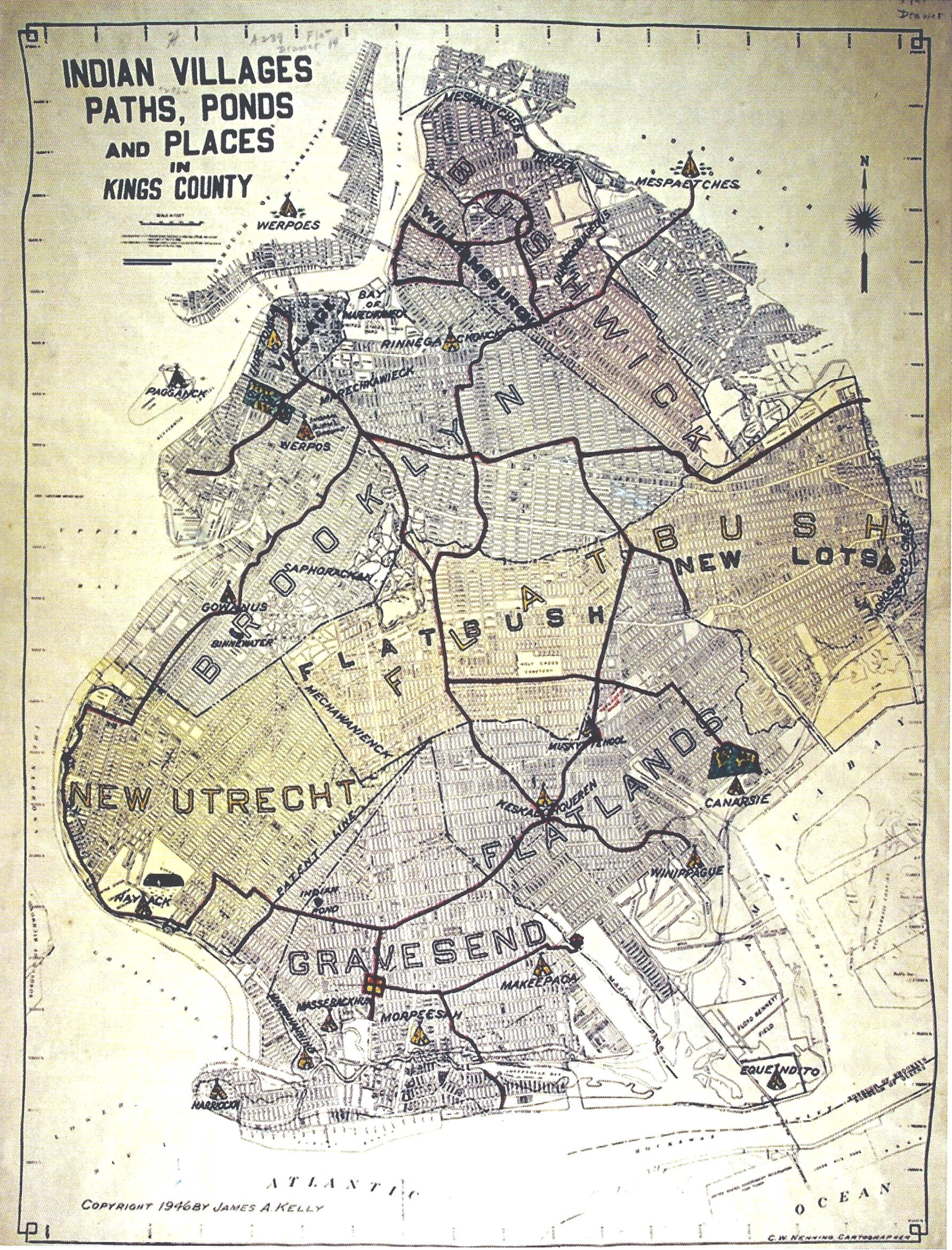
Brooklyn, the capital of slavery in New York!
“Brooklyn Historical Society (BHS) was founded in 1863, the same year that the Emancipation Proclamation was signed. In 1863 slavery was illegal in Brooklyn, in all of New York – it's true. Gradual emancipation had taken place between 1799 and 1827. But don’t let that lead you to the wrong conclusion.
In the late 18th, early 19th century Brooklyn was the slaveholding capital of New York State. On average, 60% of white families were slaveholders. In outer areas, like the town of Flatbush, this number was as high as 74%. Brooklyn’s slaveholding percentages exceeded those of South Carolina.
The slave holding families who amassed great wealth live on in the names of our streets – Hicks, Remsen, Bergen. In fact, 82 streets named after Brooklyn’s slaveholding families still exist in the borough today.”
I give this history (which by the way is from one of BHS’s many content-rich project websites – In Pursuit of Freedom –) to bring home the fact that tonight’s reparations conversation is not abstract for Brooklyn.
This fraught history is here, as it is everywhere in the United States. You need only step inside our library and look at the slavery pamphlets, runaway slave ads, slave bills of sale, to see what I’m talking about.”
– Marcia Ely, BHS, Executive Vice President, in her introductory remarks for “Sowing Resolution: The Case for Reparations in Action,” part of the “400 Years of Inequity: Slavery, Race, and Our Unresolved History” series launched in October, 2019.
Brooklyn’s Archival Map
Image: Brooklyn (Breukelen). Brooklyn Eagle. 1946. F129.B7 B766 1946 c.2.
Brooklyn Historical Society.
Indian Villages, Paths, Ponds and Places in Kings County, C.W. Nenning and James A. Kelly, 1946, Brooklyn Historical Society
Brooklyn’s waterfront transformed into a thriving global maritime hub fueled by the slavery economy built by sugar, cotton, and tobacco.
Every enslaved person and everything produced on Southern slavery plantations were funded by New York City banks and insurance companies.

Remember Pinky?
Sally Maria Diggs, aka Pinky, because of her pink complexion, was a famous 9-year-old enslaved girl who was “auctioned” by abolitionist the Rev. Henry Ward Beecher at Brooklyn’s Plymouth Church. The 1860 theatrical auction service at Plymouth Church raised $1100 from churchgoers to purchase her freedom. Brooklyn abolitionists made of mockery of slavery with these staged auctions. But it was a blessing and a trauma for Pinky.
Chimneys and Negroes
Chimneys and Negroes for tax purposes. Seems that chimneys and enslaved Negroes were taxed and itemized in Brooklyn. Here is an excerpt of a list of slave deeds from Brooklyn Census 1709-1710.





